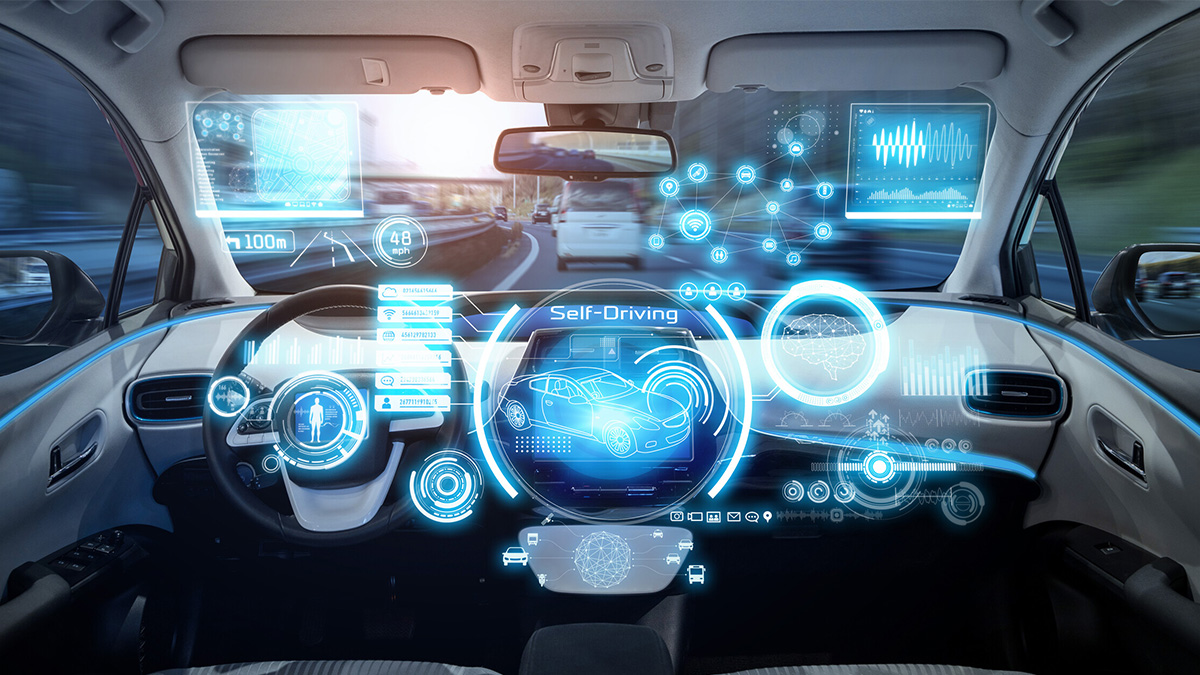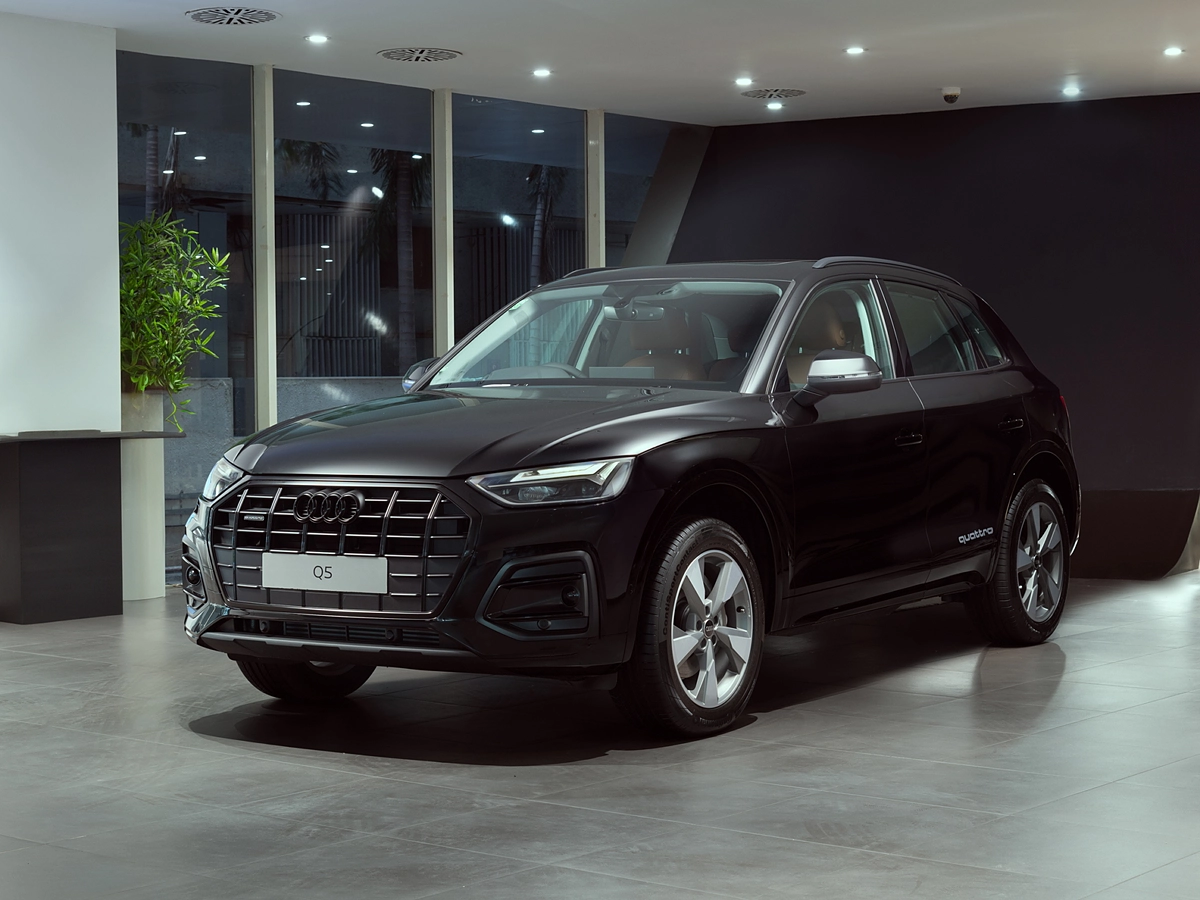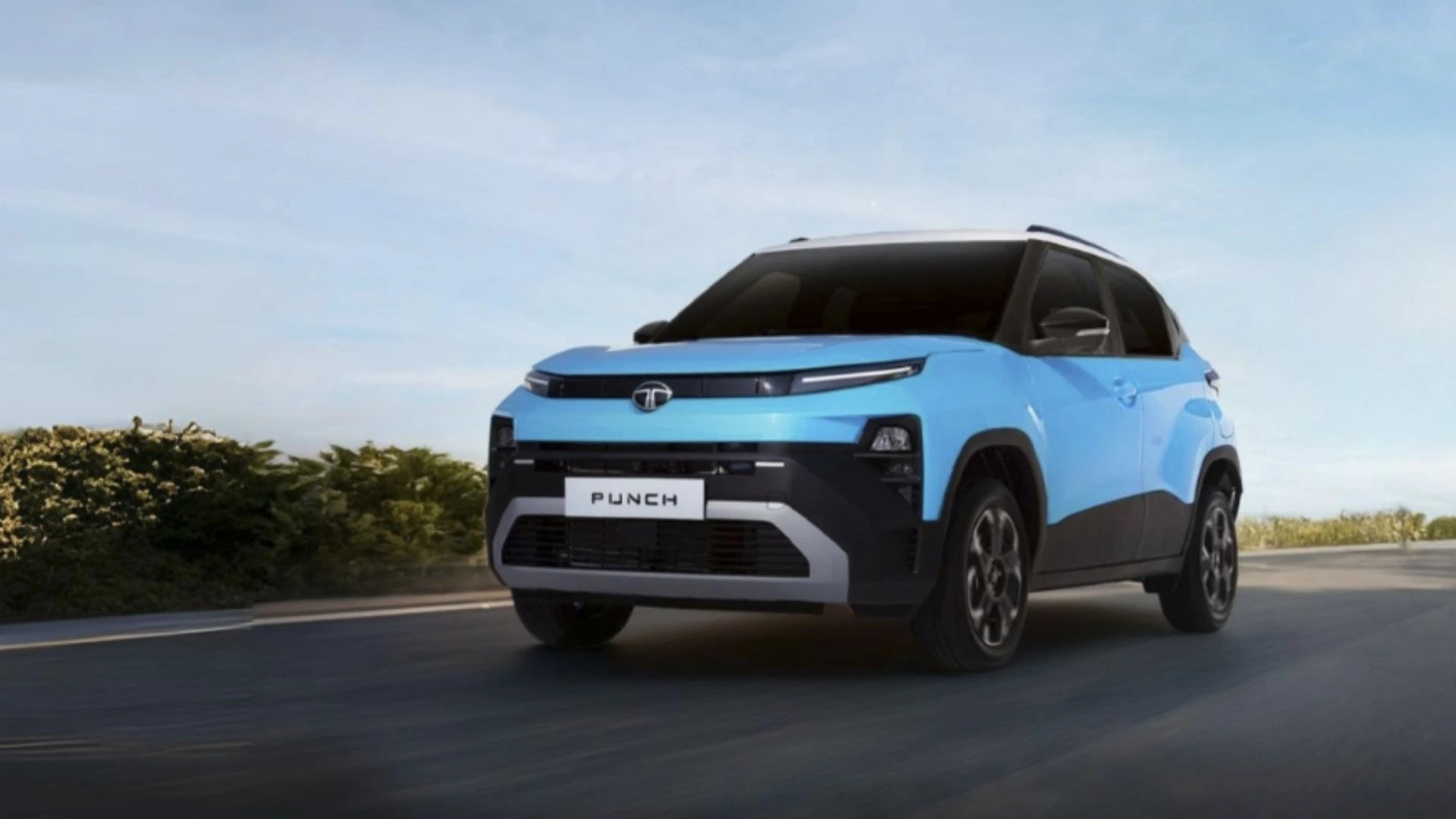Real-time Machine learning and compression techniques are at the forefront of propelling self-driving technology into the future, whether it's for personal transportation or last-mile deliveries. In this rapidly evolving field of autonomous vehicles, real-time machine learning can prove to be a game-changer, enabling vehicles to make split-second decisions on the road.
Imagine a scenario where a vehicle could predict a pedestrian's movements or instantly adjust its path for a cyclist. This level of granular decision-making is what real-time machine learning brings to the table.
Advanced machine learning models are the brains behind modern vehicle intelligence. These algorithms play a pivotal role in recognizing pedestrians, predicting their movements, and navigating complex traffic situations. Both advanced driver assistance systems (ADAS) and the path to full self-driving rely largely on these complex models to create informed, lifelike models, said Dr. Aditya Gopi Duda, an expert in building applications using real-time machine learning from the University of Massachusetts Amherst.

However, implementing these complex machine learning models in real-time within vehicles presents challenges due to limitations of on-board hardware. This is where the pressure comes in. Compression reduces the size of data sets and algorithms without significantly compromising their functionality. “Not only does compression conserve memory, it also improves execution speed, which is a critical aspect for real-time applications in self-driving cars. Such compression ensures that complex machine learning models can run efficiently on the vehicle's onboard processors, which may not be as powerful as data center-grade hardware," Dr. Dodda said.
With compression on board, vehicles can execute machine learning models seamlessly, process extensive data streams, and make complex decisions with minimal latency. This results in accurate, real-time decisions that prioritize safety and efficiency. “The ability to instantly analyze data from sensors, cameras and radars and make informed decisions is revolutionizing the automotive industry,” he added. We are on the verge of a reality where vehicles can predict accurate scenarios, adapt to unexpected pedestrian movements, and change routes based on real-time events, even in adverse weather conditions.
As autonomous vehicles draw closer to becoming an everyday reality, the importance of real-time machine learning cannot be understated. Imagine a scenario where your car can “see” clearly through heavy rain, and make decisions as if it were a sunny day. This future promises effortless navigation even when human drivers might struggle.
Also Read: Audi Q5 Limited Edition launched in India at Rs. 69.72 lakh










_1768296399.webp)
_1768294435.webp)